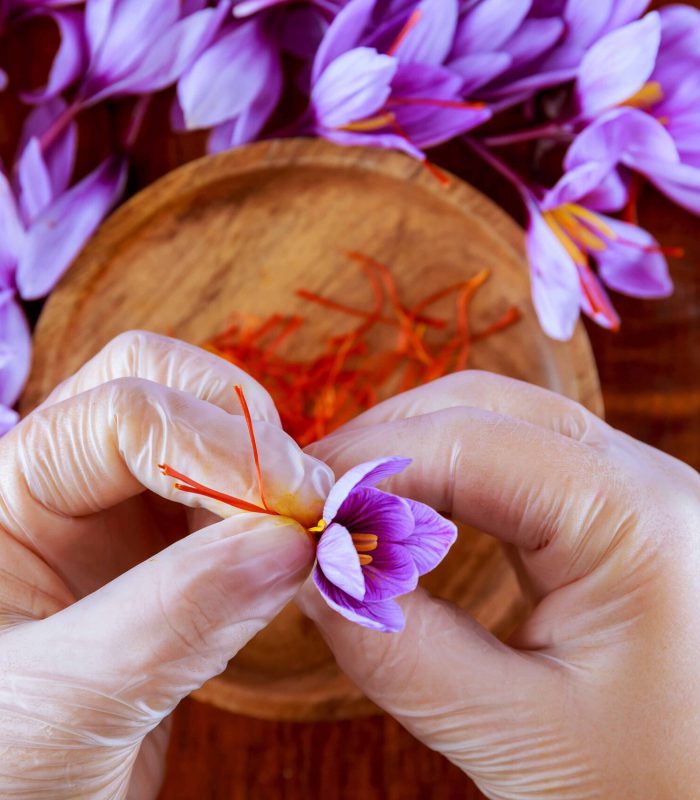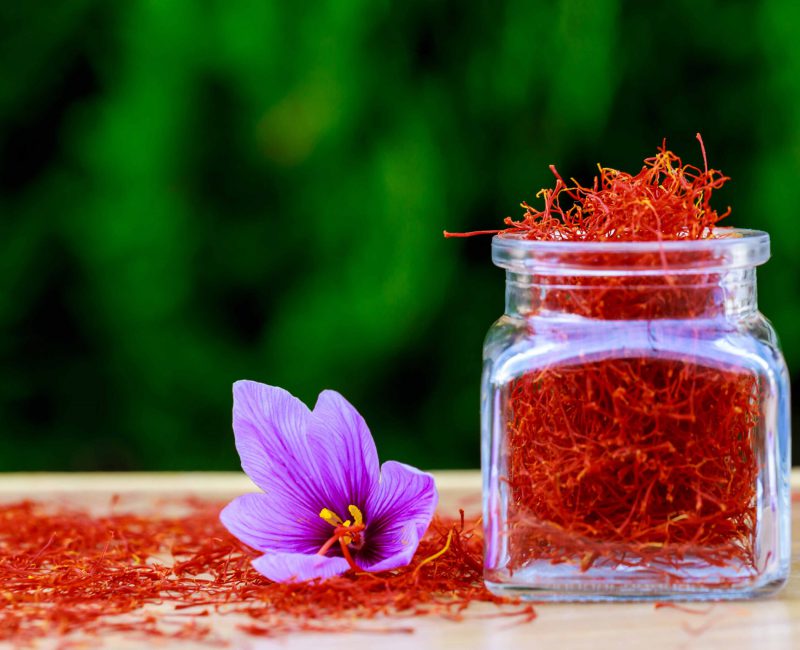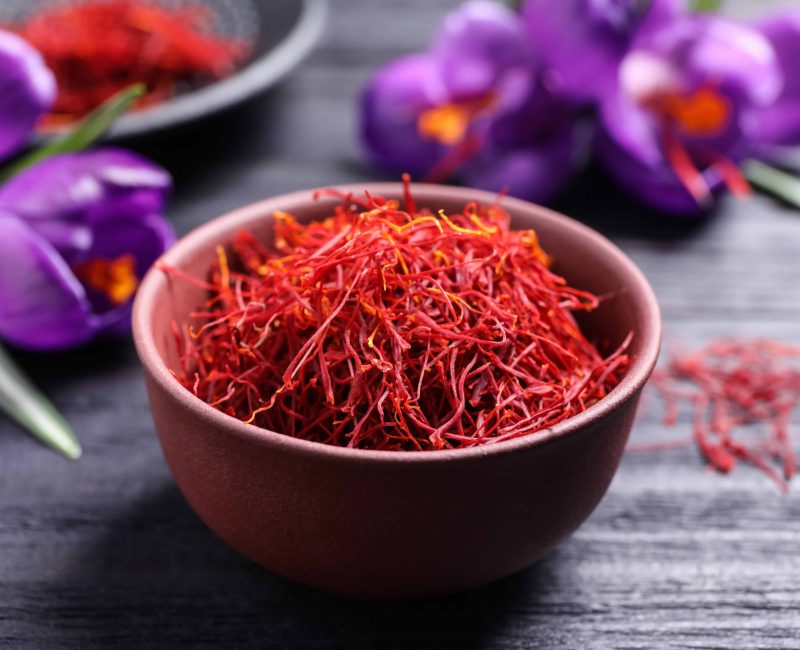Saffron: The Golden Spice
Saffron, often hailed as the world’s rarest and most expensive spice, is derived from the stigma of the Crocus sativus flower. This delicate and labor-intensive harvesting process contributes to its scarcity. It is cultivated in various regions worldwide; however, the bet quality of the this product is produced in the Middle east region.
Saffron is renowned for its distinctive flavor and vibrant color, making it a crucial ingredient in a myriad of traditional dishes. From the Spanish paella to Italian risotto and various Middle Eastern and Indian recipes, saffron plays a central role in enhancing the sensory experience of these culinary delights.
Health Benefits
Saffron boasts potential health benefits attributed to its rich composition of compounds such as crocin, crocetin, and safranal. These components are believed to impart antioxidant, anti-inflammatory, and other health-promoting effects.
Traditional Medicine
In traditional medicine, saffron has been employed for diverse medicinal purposes. It has been associated with treating conditions ranging from depression and cardiovascular issues to asthma, skin diseases, eye ailments, urinary infections, jaundice, stomach problems, and anemia.
Scientific Research
While some studies suggest promising results regarding saffron's role in depression, cancer prevention, and cardiovascular health, it's essential to note that more research is needed to validate these effects comprehensively.

Beyond the Plate
Apart from its culinary and medicinal uses, saffron finds applications in other industries. It is utilized in cosmetics and perfumes, contributing its unique fragrance and color to these products.
Saffron, with its rich history and diverse applications, stands as more than just a spice. From the kitchen to traditional medicine and beyond, this golden-hued treasure continues to captivate and contribute to various aspects of human life.

